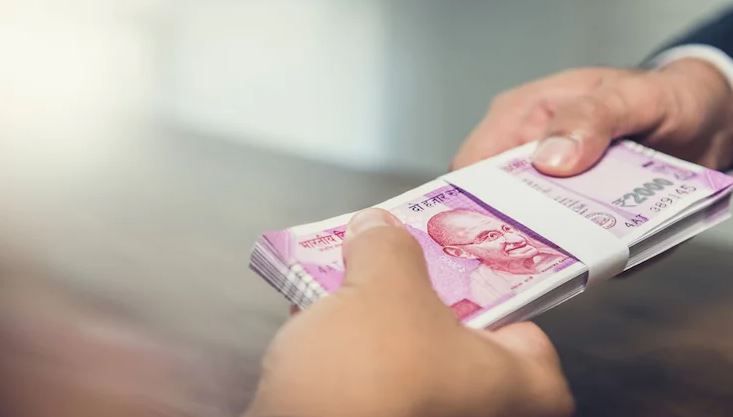On the back of foreign portfolio equity outflows and a strong US dollar in May 2022, the Indian rupee depreciated by 1.5 percent month-on-month against the US dollar. However, the depreciation was rather modest in comparison to other major emerging market currencies, as shown by a report by the Reserve Bank of India.
For example, the value of the Turkish lira decreased by 5.8 percent, making it the currency that decreased in value the most. The rand of South Africa was second ( -.54). Even the Chinese Chese Yuan saw a depreciation of 4.3 percent. The only currency to rise in value over that time period was the Russian ruble, and it did so by a whopping 22.6 percent.
According to a report issued by the Reserve Bank of India (RBI), “The INR, despite depreciating against the US dollar, appreciated in terms of the 40-currency real effective exchange rate (REER) in the month of May.” This was due to the higher depreciation of currencies of India’s major trading partners against the US dollar as well as the relative price effect.
The Reserve Bank of India (RBI) feels that the nation is in a better position to steer clear of the perils associated with stagflation as a result of the recovery in the economy and some degree of easing in inflation.
Stagflation is the term used to describe an economic environment in which inflation and unemployment are both high yet demand in the economy is unable to grow as a result.
The growth rate of India’s gross domestic product (GDP) for the fiscal year 22 is projected to be 8.7 percent, which is higher than the level recorded before the epidemic.
Although it fell to 7.04 percent in May, retail inflation continued to be in excess of the maximum acceptable level established by the central bank.
Domestic economic activity is picking up steam as a result of the majority of the GDP’s elements having surpassed their levels before to the epidemic.” The inflation print for May has offered some comfort as it reported a fall after seven months of continuous growth,” the RBI noted in the piece titled “State of the Economy.”
